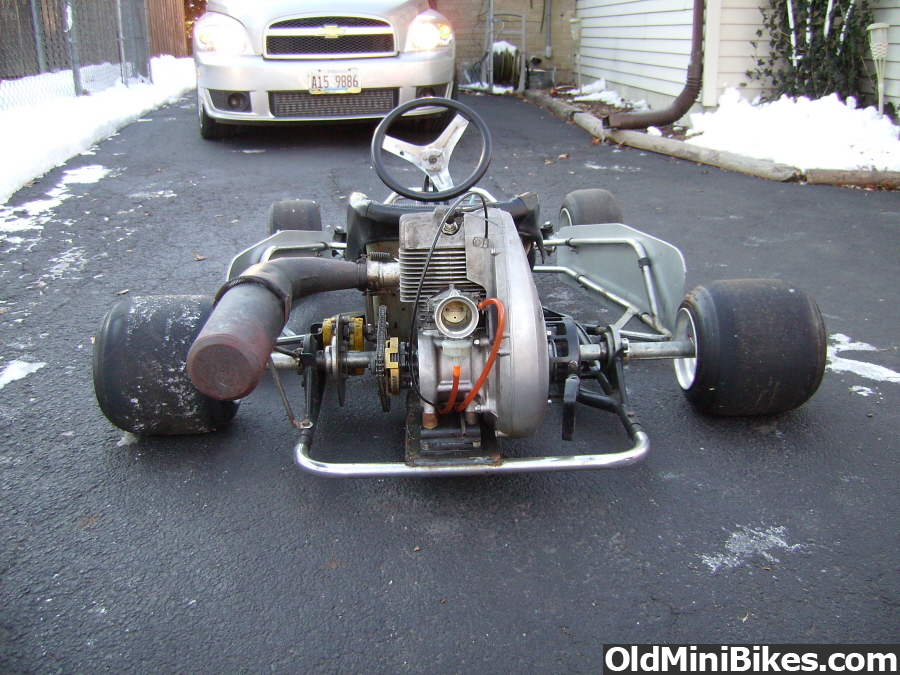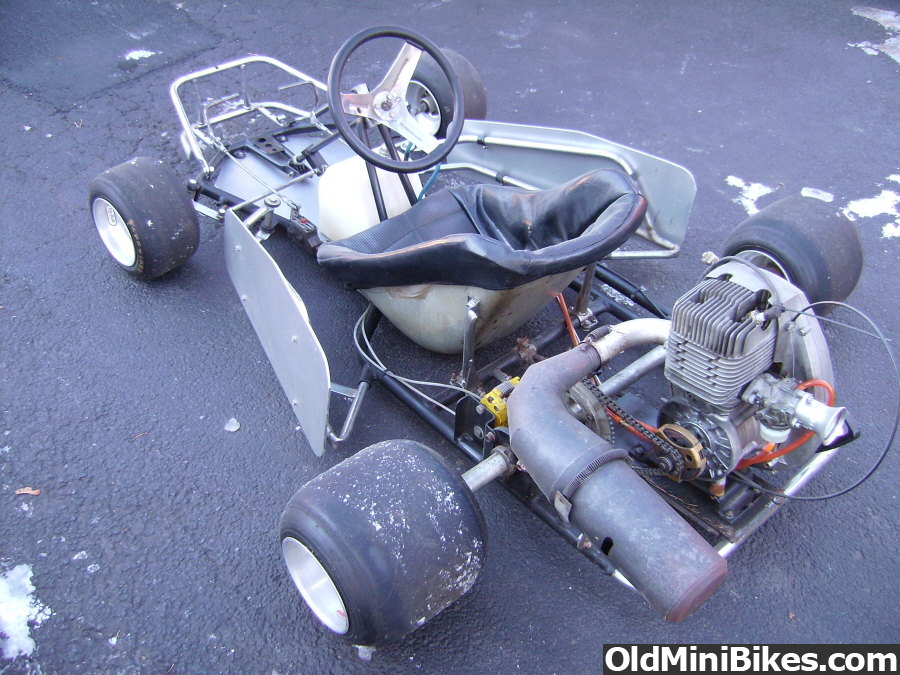Actually, now that you say that makes me think that it's either low compression (which WOULD make it rider friendly!), or it only makes 9hp at a set speed down low... like 4000RPM's (a number I'm pulling out of my own rear end).
If it does rev higher, who knows, it may not have hit it's powerband at the speed it originally ran at. If you could wind it to 8000, it might either be an absolute monster (15-16hp that comes on really, REALLY quickly), or it would fall flat on it's face.
My primary concern was that on a minibike, it would have been a complete dog until the split second it hit it's powerband... then HANG ON!!!
If it does rev higher, who knows, it may not have hit it's powerband at the speed it originally ran at. If you could wind it to 8000, it might either be an absolute monster (15-16hp that comes on really, REALLY quickly), or it would fall flat on it's face.
My primary concern was that on a minibike, it would have been a complete dog until the split second it hit it's powerband... then HANG ON!!!

















